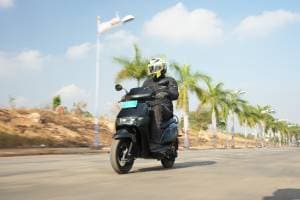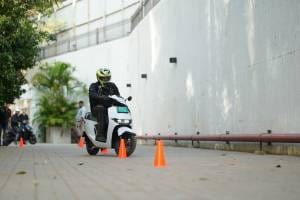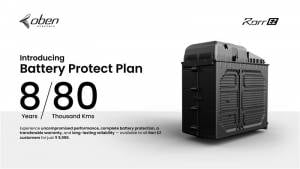The Difference between the Honda City e-HEV and Toyota Urban Cruiser hybrid system
The transformation from ICE to EV will take a long time, until then hybrids are the true middle ground here. Honda introduced the City e:HEV and now Toyota too has launched the Urban Cruiser Hyryder to this hybrid race. Yes, one is a sedan and the other is an SUV, but mechanically both use a hybrid powertrain to put the power down which also helps them achieve a much higher fuel efficiency compared to any other car on the market. Both these hybrid systems work quite differently to achieve those numbers though. Let's take a closer look into how these 2 cars function in terms of their mechanics.
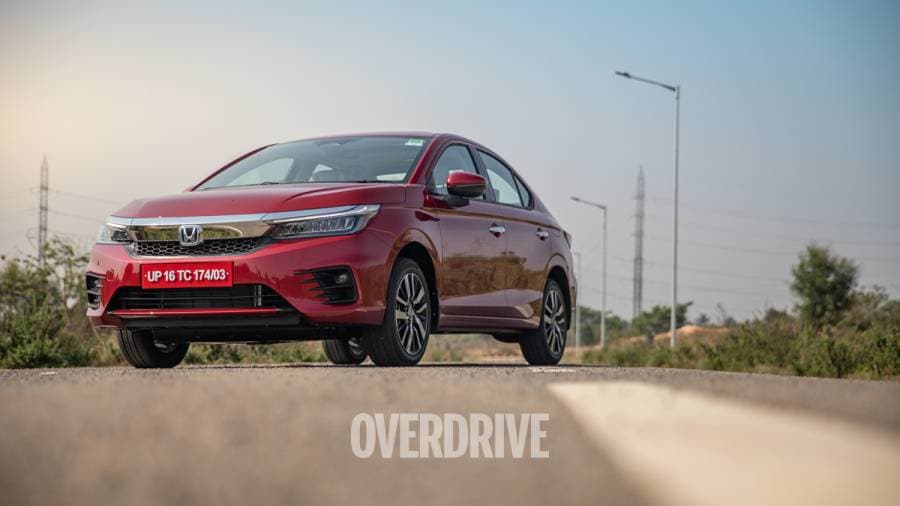
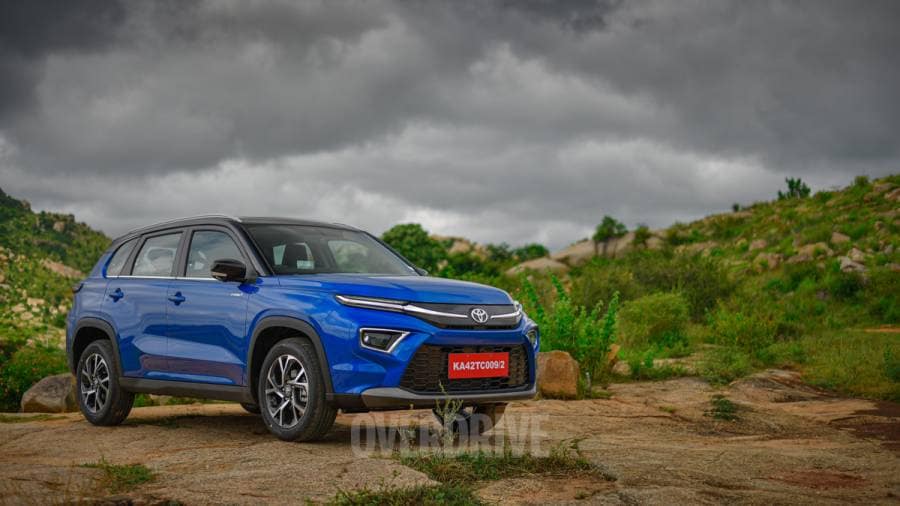
Honda City e:HEV Hybrid Technology Explained
The Honda City e:HEV hybrid comprises of these primary parts. A 1.5-litre DOHC I-VTEC petrol engine that runs on the Atkinsons cycle, two electric motors: one for generating traction and the second for power generation, a power control unit that manages the flow, dispensation and storage of electric current between the generator and the battery, and finally the lithium-ion battery. In addition, the Honda City e:HEV also has energy recuperation systems, generated by using the brakes and engine braking.
The petrol engine has 2 principal functions. The first is to run the car, the second is to charge the battery. Now the latter function is an inefficient function, simply put, using the engine to charge the battery consumes more fuel. This is where the Atkinson cycle it operates on comes into effect. The 2 electric motors have two different functions. One is used to provide motive force to the City e:HEV, and the second is to charge the battery. This electric motor is free of heavy rare earth magnets that conventional electric vehicles use.
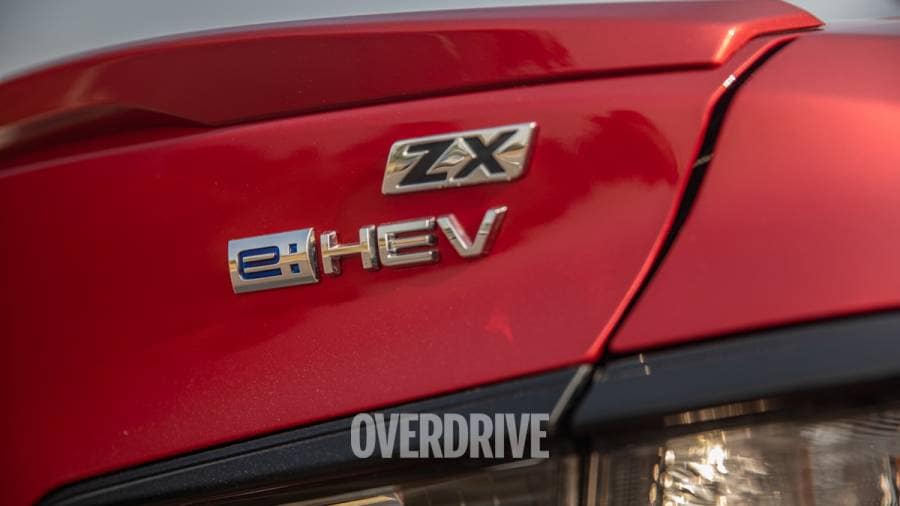
The power control unit manages the power within the system that is used either to charge the batteries during braking or dispensed to the electric motors during acceleration. It has an inverter that powers the motor, a boost converter to increase voltage for the electric motor to operate, and a DCDC converter to lower voltage.
Toyota Urban Cruiser Hyryder Hybrid Technology Explained
Toyota's hybrid system in the Urban Crusier Hyryder uses a 1.5-litre petrol motor that puts out 92PS and 122 Nm. That is paired with an 80PS and 141 Nm electric motor via a CVT for a combined 116PS. The electric motor is fed by a small battery pack that uses regen and the engine to charge up. The Hyryder always starts up in EV mode, and will stay in this mode at say parking or crawling traffic speeds until the battery is depleted. The battery is a small 0.8 kWh pack that sits just behind the rear seats.
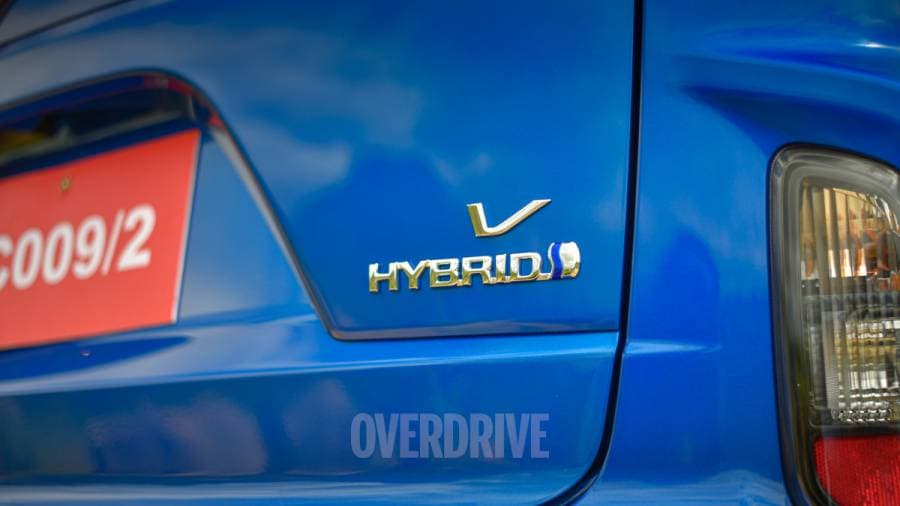
The engine only cuts in when you ask for more power, supplementing the electric motor and charging the battery at the same time. At full-bore acceleration, the engine and motor work in conjunction to deliver maximum performance. A power control unit and a power split device work together to manage the two motive sources most efficiently, even allowing the engine to cut out at highway speeds if there's less load on the drivetrain. Toyota says you can drive up to 60 per cent of the time on electric power alone, which we think is a fair claim. The effect is some impressive fuel efficiency stats, the Hyryder is rated at 27.47 kmpl, so a real-world figure between 20 to 24 kmpl seems fully achievable.
Also Read:
2022 Honda City hybrid e:HEV review, first drive - real-world mileage tested
2022 Toyota Urban Cruiser Hyryder review, first drive, - the hybrid SUV you've been waiting for?
Starts Rs 10.9 Lakhs
1497cc
Manual
100
145
17.8 Kmpl
Starts Rs 8.4 Lakhs
1499cc
Automatic
105
138
18.76 Kmpl
Starts Rs 19.5 Lakhs
1498cc
e-CVT
126
253
26.5 Kmpl
-NA-
-NA-
101.9
-NA-
-NA-
